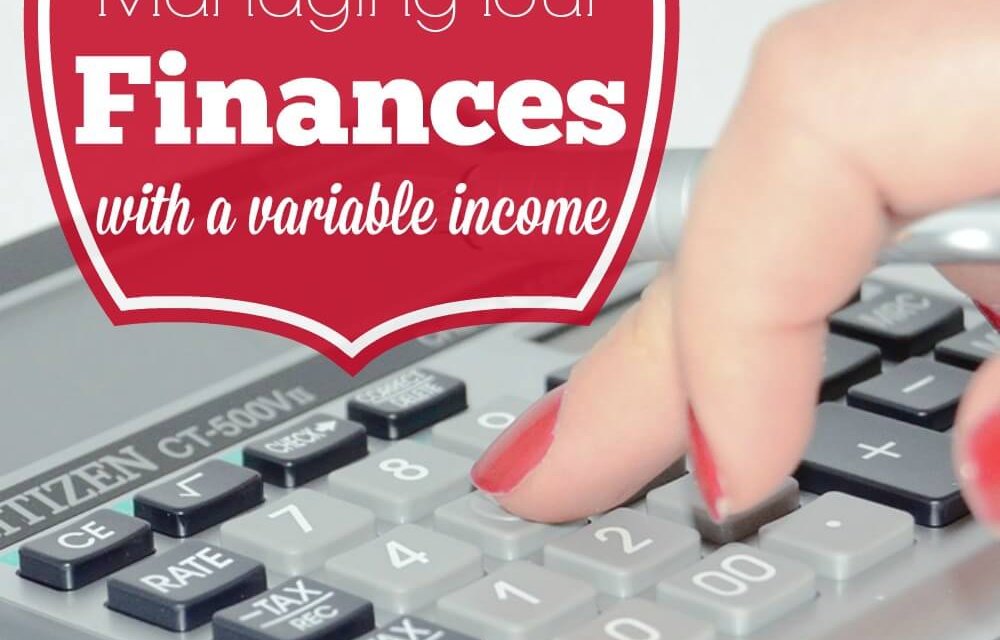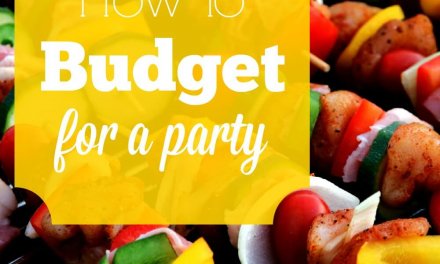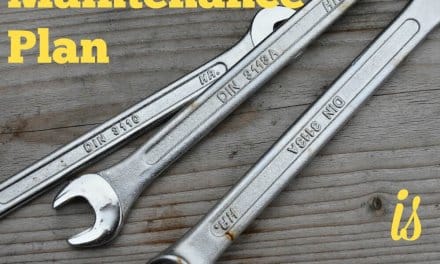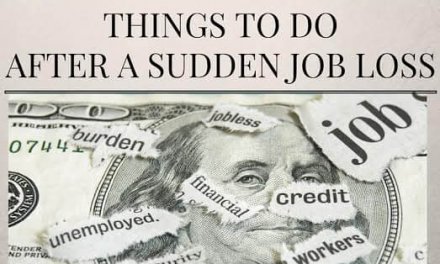One of the major adjustments we had to make when my husband changed jobs was going from a predictable bi-weekly pay schedule to a highly variable, occasional check. It was a big change in our thinking and financial planning.
Over time it did get easier.
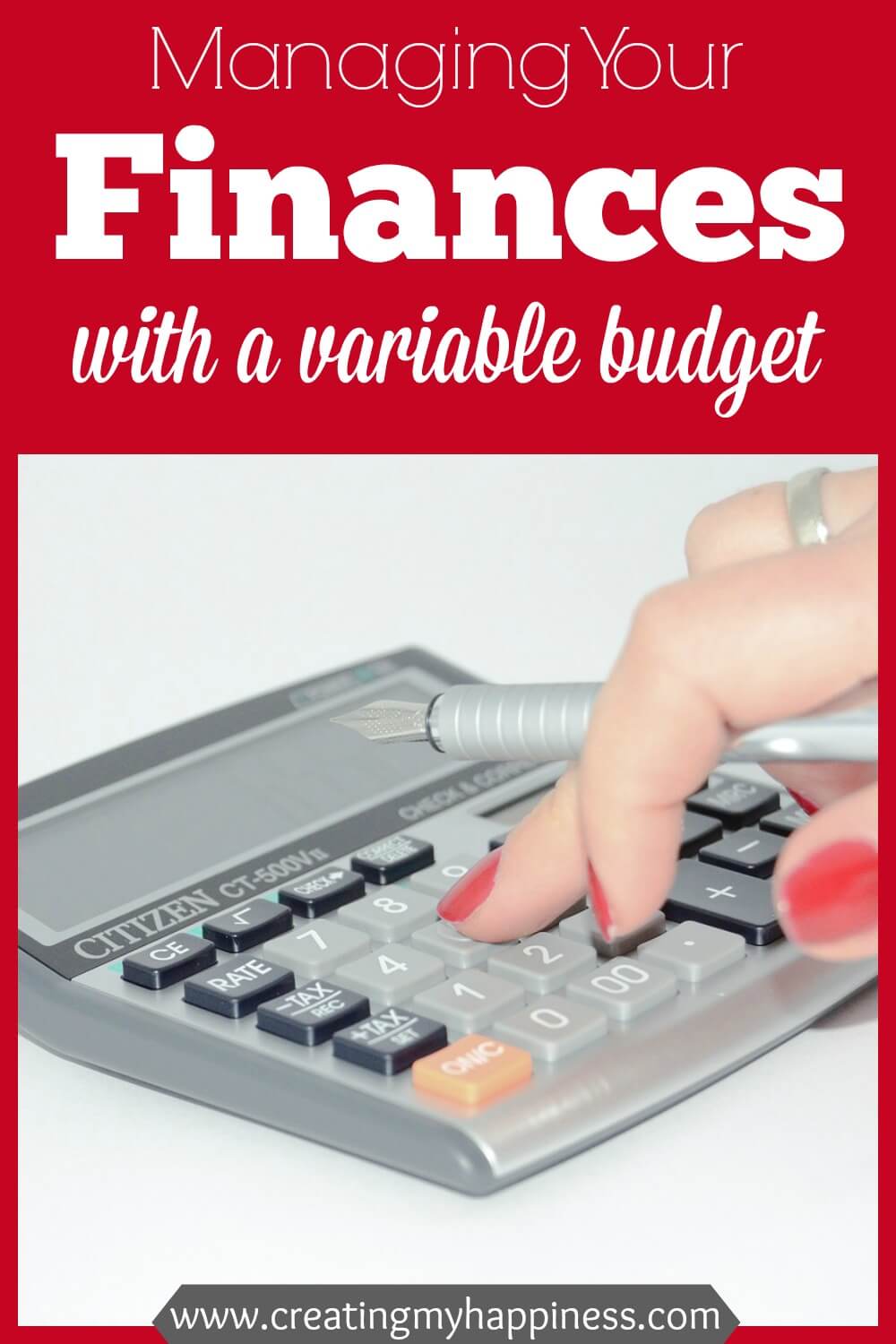
Now that we’ve been at this for a couple years we’ve gotten a better sense of what to expect and how to make it work for us. We know (generally) when Mr. O will get paid and we can predict about how much he’ll get.
If you find yourself in a position of having a variable income – whether your paycheck varies by a few dollars or thousands – here are some lessons we learned on our journey.
Live on less. Figure out where you can cut back and do it. A variable income doesn’t always mean a lower income, but it’s much easier to make cut backs now and add things back in if you find your budget allows than it would be to rack up debt and add that to your monthly responsibilities. Most of us have luxury items in our budget – cable, dining out (or take-out), clothes or shoes – that could be cut back or cut out while adjusting to a new income stream.
Alternatively, you can find out how to get the same stuff cheaper. For example, my cable company offers me a new deal every time I call them. It’s usually a small savings, but I’ll take it. You can use coupons, or just shop smarter. (Check out my post How to Save Money on Groceries Without Coupons to find out more.) Dine out on night where kids eat free, use gift cards, or check your local advertisements for special offers. Ask for gift cards to your favorite store for your birthday instead of gifts so you can update your wardrobe.
Don’t count your chickens before they hatch. Before you’re able predict when and how much you’re going to be paid, plan your budget as though you’re not getting anything. Eventually you’ll learn how your pay cycles work – spring is busy, winter is slow – and you can plan accordingly.
In our house I have a bi-weekly paycheck and Mr. O gets a bi-weekly check for a part-time job. The rest of his income is quarterly and based on the number of clients and the particular services for which they hire him. When thinking about what we can afford, I don’t include his variable income for any necessities.
Underestimate. The thing about a variable income is that it’s just that: Variable. You can’t count on getting any set amount. When Mr. O first started to expand his business to make it a larger part of his income, I asked him how much he thought he was going to make, cut that figure in half, and used that number to budget. If it turns out that you get more, great! You can use the extra to pay down debt faster, put the extra into your emergency savings fund, or even enjoy a small splurge on something you’ve gone without for a while.
Remember Uncle Sam. If your variable income is because you’re a business owner or an independent contractor, don’t forget to either pay or set aside money for taxes and social security. Similarly, if you’re income is based on an hourly wage be sure to take 30% (+/-) out of your expected take-home pay.
Save, save, save. When living on a variable income it’s important to put money away so that when your pay is low, or you don’t have any pay, you have money available to pay your bills. If you’ve made the hard choice to live on less and plan for a smaller budget than you predicted, then anything over and above your basic expenses should go into savings, especially at first.
If you don’t already have a retirement account, get one. Immediately. Saving for retirement is a necessity that too many people overlook. Remember that your kids can take out loans or get scholarships for college. You can even help pay them off if you’re able to. There are no loans for retirement. Save now so you don’t burden yourself and your kids later.
Pay yourself from savings. If you get a large amount of money at once, a trick that helps us is to put the money in savings, then set up automatic transfers. Essentially we’re paying ourselves. This helps us have more of a regular income and it helps avoid the big bank account syndrome. You know how large numbers in your account give you the urge to splurge? Yeah, that. For us keeping money in savings means we don’t see it every day, which means we don’t think it’s available to spend.
Use a digital envelope system. When you get large paychecks be sure to put some away for those large lump sum payments that come up throughout the year. We use our Capital One 360 account as a sorter. We have sub-accounts for life insurance, oil delivery, home improvements, and the furnace (because ours is 30 years old). We also have a general savings account and a (sadly, empty) vacation fund.
Track your income. It will take a while (generally about 1-2 years) before you can accurately predict your income. To make it easier, track your income, by month or by quarter and make note of patterns. In our house we get our largest paycheck in September, then it’s less, but pretty consistent through the winter, and at its lowest in late spring and through the summer. Knowing this allows me to plan major projects, savings, and how to distribute this income throughout the year.
Living within your means can be a challenge with a variable income. Good months make you feel rich and slow months can get you down. But managing your finances isn’t impossible, it just takes planning and patience.
Ultimately I think it was a blessing that we were forced to learn more about where our money was going. There was a lot of waste. And while we don’t make as much as we used to, we’re more informed and more savvy with what we do have.
What are your tips for living on a variable income? Share them in the comments.


